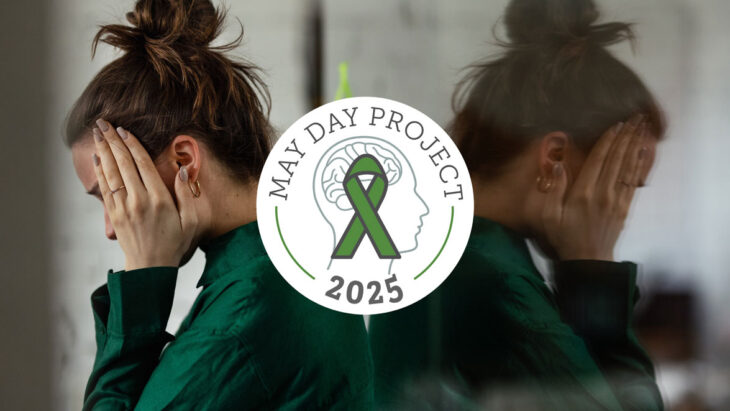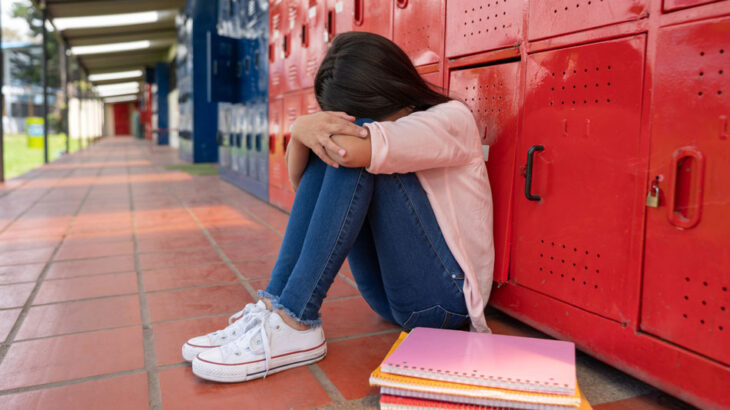“Another teen suicide.” Too often those words are being posted or spoken. Nearly 30 percent of children in grades 6-12 have reported being bullied and increasingly bullying is leading to suicide.
More than 70 percent of teachers and students have witnessed bullying according to “The Journal of the American Medical Association.” Females in high school, at 22 percent, are twice as likely as male high school students to report being cyberbullied. They also are more likely (22 percent) to report being bullied on school property.
“Bullying can lead to severe anxiety, depression, and feelings of isolation,” says Kay Daneault, executive director of the Mental Health Association of South Mississippi. “Many young people struggle with low self-esteem and hopelessness due to relentless harassment. This makes intervention and support crucial. Bullying and suicide can be addressed through open conversations, mental health resources, and policies that protect young people.”
Take Steps to Stop It
As a parent, what can you do to help and protect your child? Mental Health America recommends these steps:
Start early.
Parent/child talks are essential. Teach kids to respect others before they start school and continue to talk about this topic on an ongoing basis. Even small acts of teasing should be stopped in their tracks. Don’t fail to correct this kind of behavior due to a child’s young age. This is exactly when to stop it.
Teach your children how to be assertive.
Encourage your children to express their feelings clearly, say no when they feel uncomfortable or pressured, stand up for themselves without fighting and walk away in dangerous situations.
Stop bullying when you see it.
Adults who remain silent when bullying occurs are encouraging it and making it worse.
Listen and support children who speak up.
Telling an adult about bullying is not easy for children. If a child comes to you seeking assistance with bullying, spend time listening to them and provide affirmation and support before taking actions. Read through and discuss our Bullying Checklist with your child as a resource.
Recognize the signs of depression.
Youth who experience persistent bullying can develop signs of depression like sadness, isolation, poor concentration and sleeping problems. These symptoms can affect their relationships and school performance. Many children do not recognize or speak up about their emotional needs. Make sure to reach out and get them help when you see these signs.
Tell your children to take action when they see bullying behavior.
Tell them to speak out against the bully and inform a teacher if the behavior doesn’t stop. Bullying continues only when we allow it to.
Communicate clear policies and consequences.
Bullying is less likely in schools where adults are involved and firm about stopping bullying behaviors. Send out a clear message at your school that bullying will have negative consequences.
Team up.
Work with your PTA or the local MHA affiliate (Mental Health Association of South Mississippi) to make sure that schools treat bullying as violence. Help them develop programs to prevent bullying and promote safe school environments.
Recognize it
Bullying is aggressive behavior. It occurs when a child is targeted by one or more youth with repeated negative actions over a period of time. These are intentional attempts to cause discomfort or injury and can include name-calling, obscene gesturing, malicious teasing, exclusion, threats, rumors, physical hitting, kicking, pushing and choking. Cyber-bullying is also a real and growing problem today.
Bullying is unwanted, aggressive behavior among school aged children that involves a real or perceived power imbalance. The behavior is repeated, or has the potential to be repeated, over time. Both kids who are bullied and who bully others may have serious, lasting problems.
In order to be considered bullying, the behavior must be aggressive and include:
- An Imbalance of power: Kids who bully use their power — such as physical strength, access to embarrassing information, or popularity — to control or harm others. Power imbalances can change over time and in different situations, even if they involve the same people.
- Repetition: Bullying behaviors happen more than once or have the potential to happen more than once.
Bullying includes actions such as making threats, spreading rumors, attacking someone physically or verbally, and excluding someone from a group on purpose.
Source: Stopbullying.gov














































